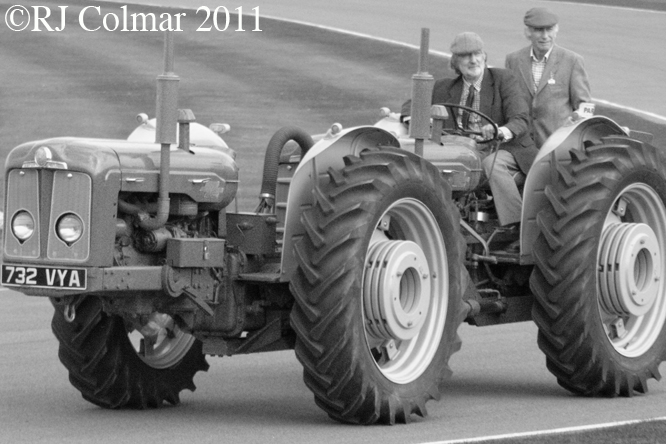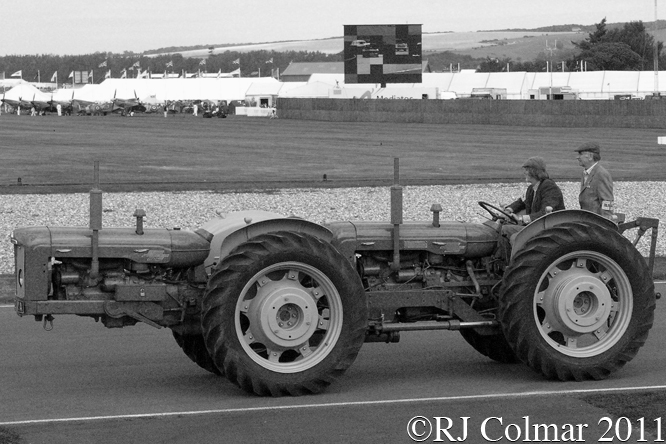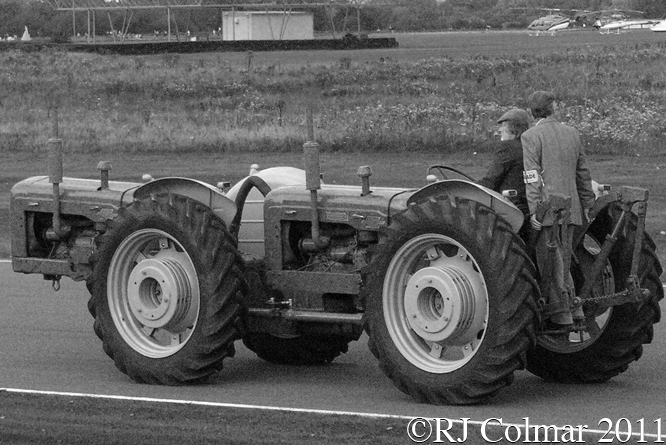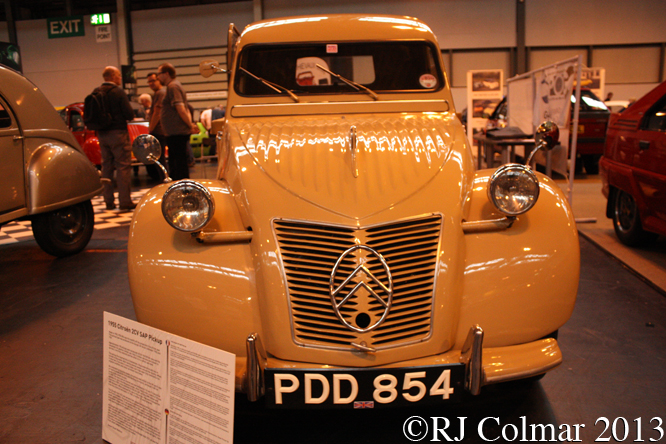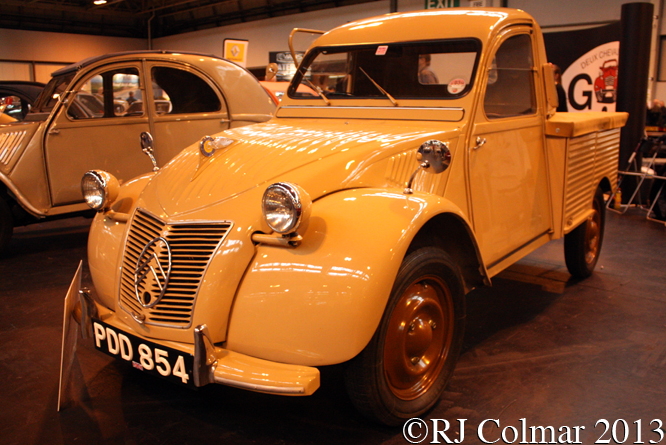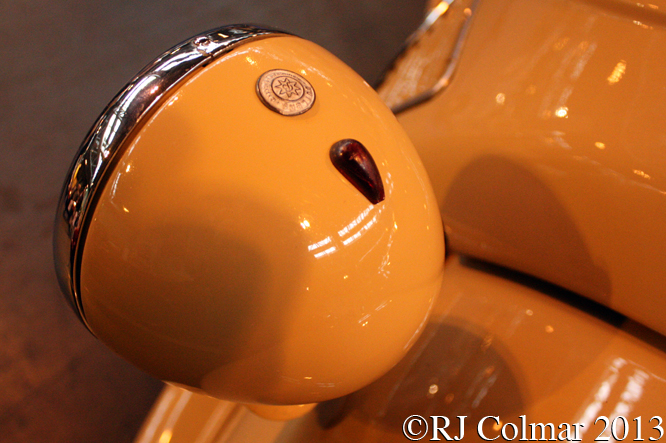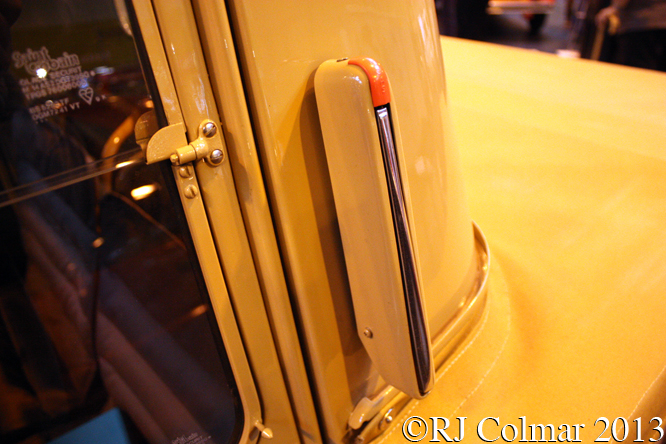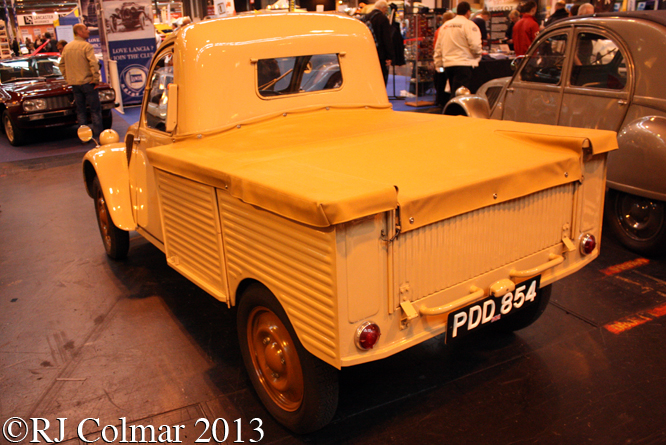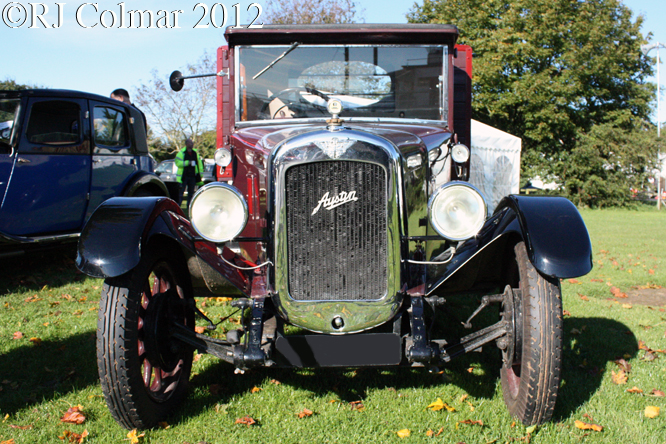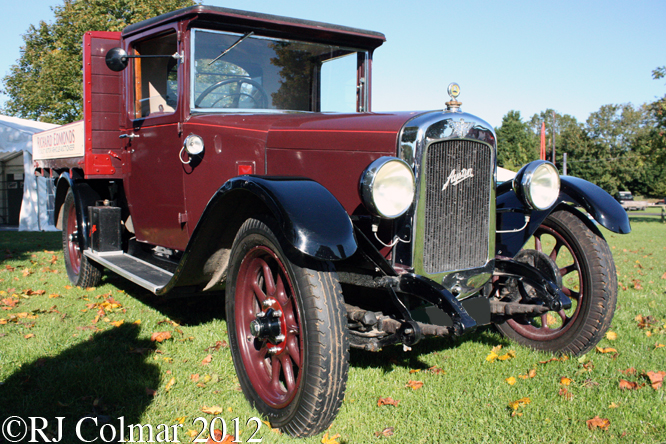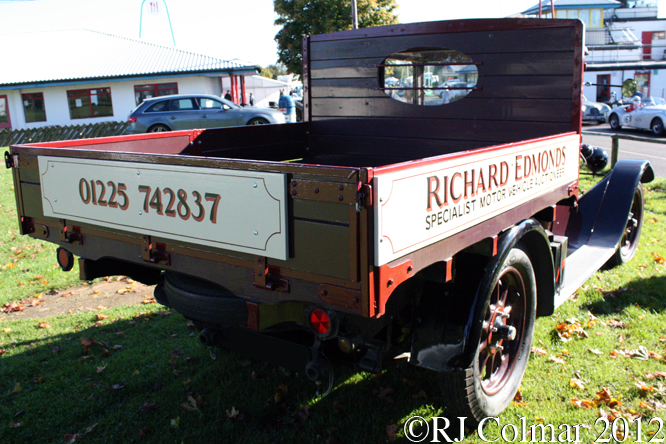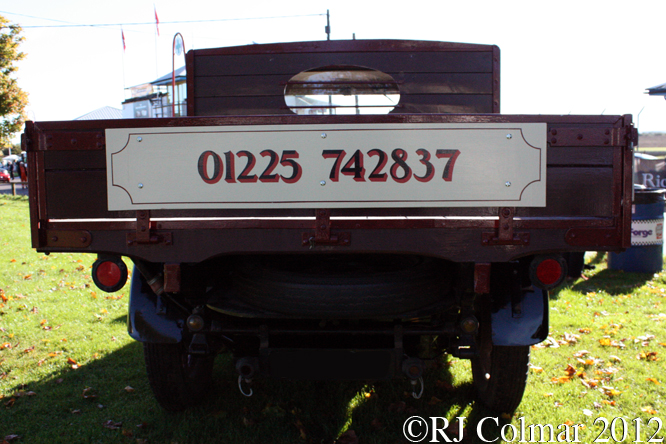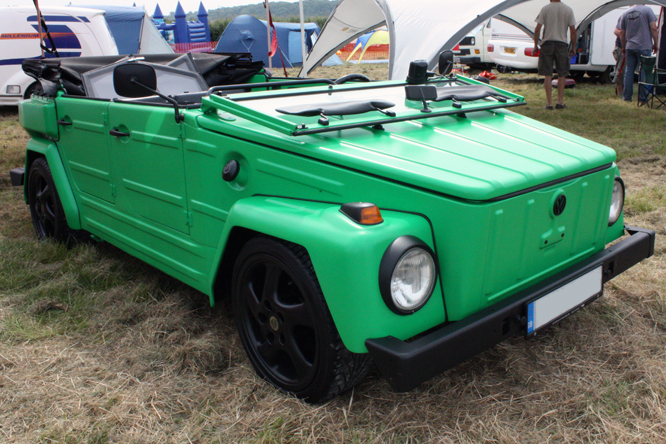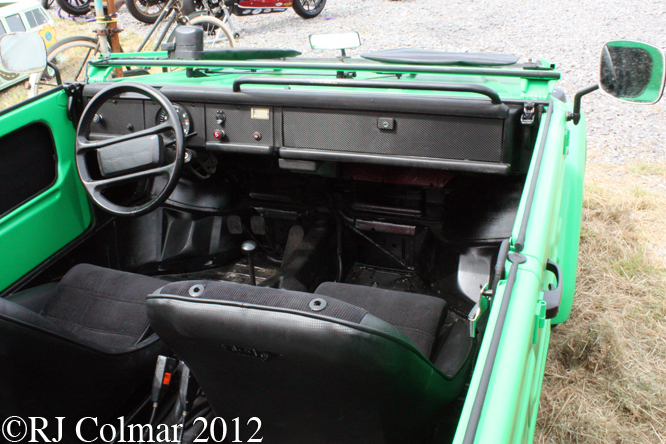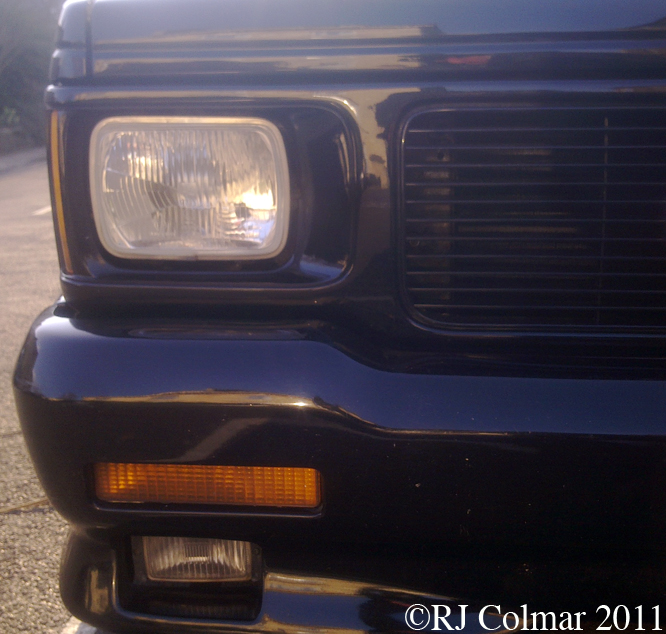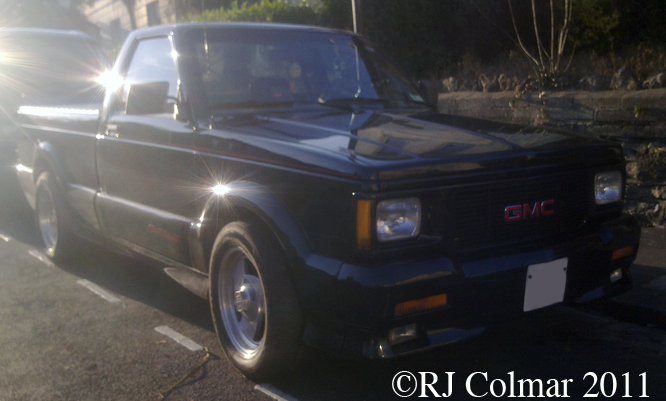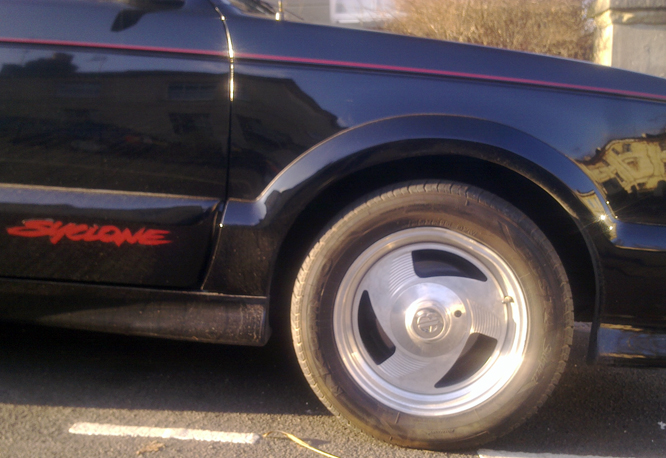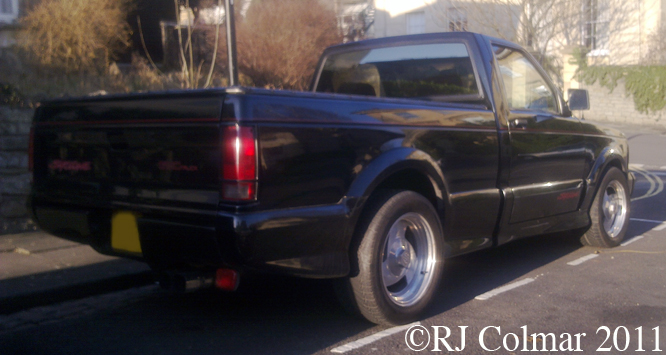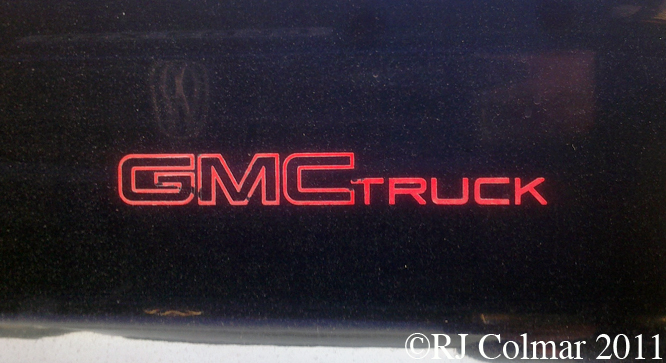In 1968 the City of Bristol Constabulary bought a fleet of Morris Minor 1000s to implement a new Unit Beat Policing Policy that was being rolled out by Constabularies across the country, where by a single officer in a Panda car was to cover an area previously covered by several “bobbies” on the beat.
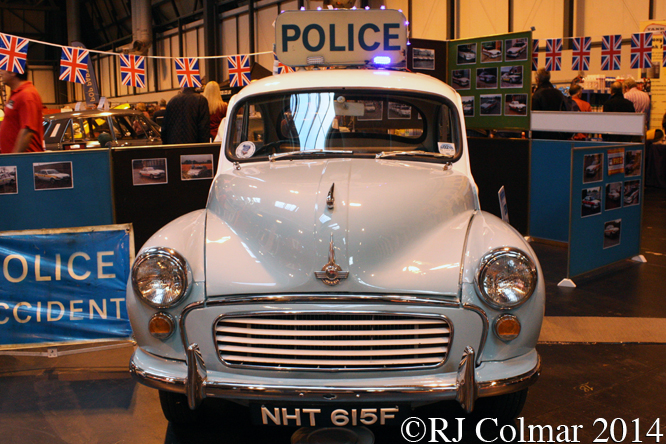
The withdrawal of foot patrols, to save man power, marked the end of Community Policing in Bristol until it was reintroduced by the renamed and merged Avon and Somerset Police decades later.
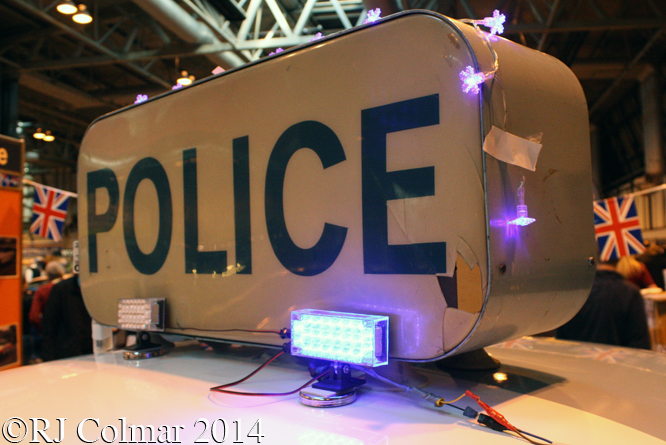
Today’s featured “Moggie Thou”, registered on the 1st of February, served in Bristol for three years and is believed by the The Police Vehicle Enthusiasts Club, to be the only survivor of the batch bought in 1968.
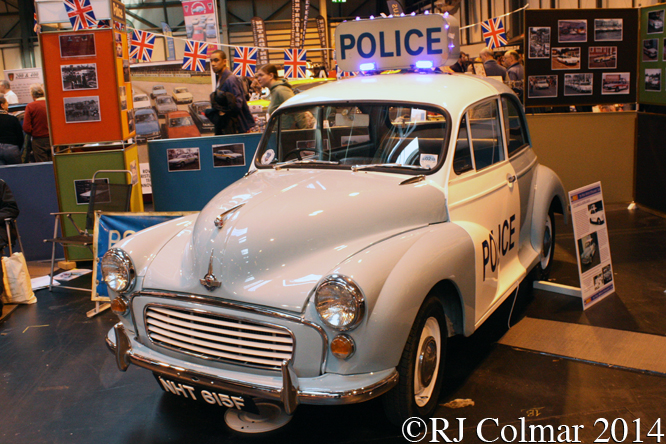
In 1971 a second batch of Minor 1000s was bought by the City of Bristol Constabulary to replace the first and it is believed only one of that batch also still exists, note cheaper two door Minor 1000s were used for the new unitary beat policing, presumably in the event of an arrest a Black Maria had to be called to haul arrested suspects away.
Thanks for joining me on this “Unit Beat Policing Panda” edition of “Gettin’ a li’l psycho on tyres” I hope you will join me again tomorrow for a Star Wars edition of Mercedes Monday. Don’t forget to come back now !


